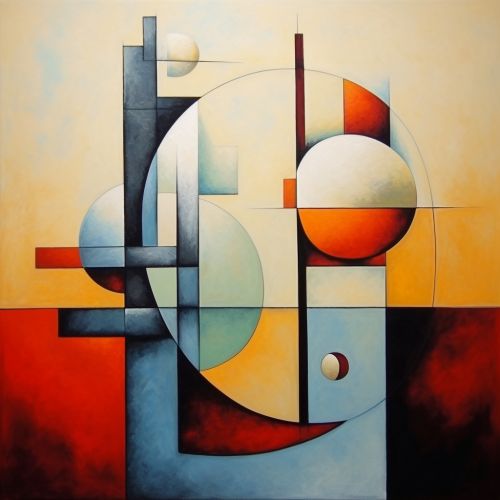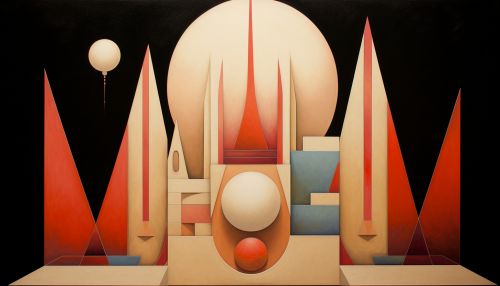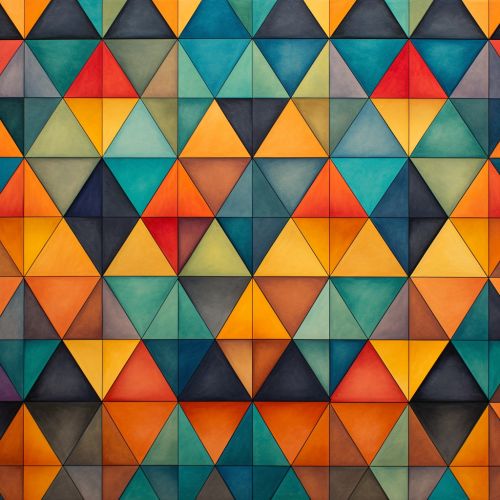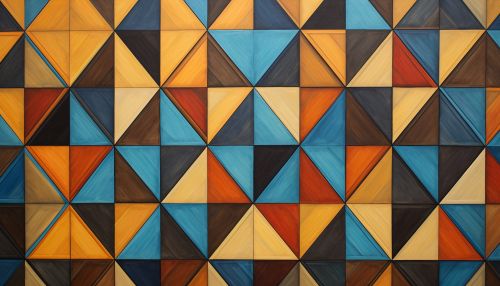Principles of Art
Introduction
The Principles of Art are fundamental concepts and rules that artists use to create an aesthetic composition in their work. They are the tools artists use to communicate meaning and to express their ideas. These principles are balance, contrast, emphasis, movement, pattern, rhythm, and unity.
Balance
Balance in art refers to the distribution of visual weight in a composition. It can be symmetrical, where elements are arranged evenly around a central point or axis, or asymmetrical, where balance is achieved through the contrast of dissimilar elements. Balance can also be radial, where elements radiate from a central point. It is crucial in maintaining the viewer's interest and directing their eye throughout the composition.


Contrast
Contrast is the difference between elements within a composition, which can add interest and excitement to a work of art. It can be achieved through variations in color, texture, size, and shape, among other things. High contrast can draw attention and make elements stand out, while low contrast can create subtlety and harmony.
Emphasis
Emphasis in art refers to areas in a composition that are visually dominant and attract the viewer's attention. Artists can create emphasis through contrast, placement, size, and color. It is often used to highlight the most important parts of a composition, guiding the viewer's eye to the focal point.
Movement
Movement in art is the path the viewer's eye takes through the artwork, guided by visual elements. It can be directed by lines, shapes, colors, and even the placement of objects within the composition. Movement can create a narrative, tell a story, or imply action.
Pattern
A pattern in art is a repeating element or series of elements in a composition. Patterns can be regular or irregular, simple or complex, and can be used to create rhythm, movement, and unity. They can also be used to create visual interest and add complexity to a composition.


Rhythm
Rhythm in art refers to the repetition of elements to create a sense of movement and flow. It can be regular, alternating, progressive, or flowing. Rhythm can create a sense of order, harmony, and predictability, and can also evoke certain moods or emotions.
Unity
Unity in art refers to the sense of wholeness or completeness in a composition. It is achieved when all the elements and principles of art work together in harmony. Unity can be achieved through the use of similar colors, shapes, sizes, textures, or any other element that can tie a composition together.
Conclusion
The principles of art are fundamental tools that artists use to guide their creative process. Understanding these principles can enhance one's appreciation of art and can provide a deeper understanding of the artist's intent. These principles are not rules, but rather guidelines that artists can choose to follow or break to create new and innovative works of art.
